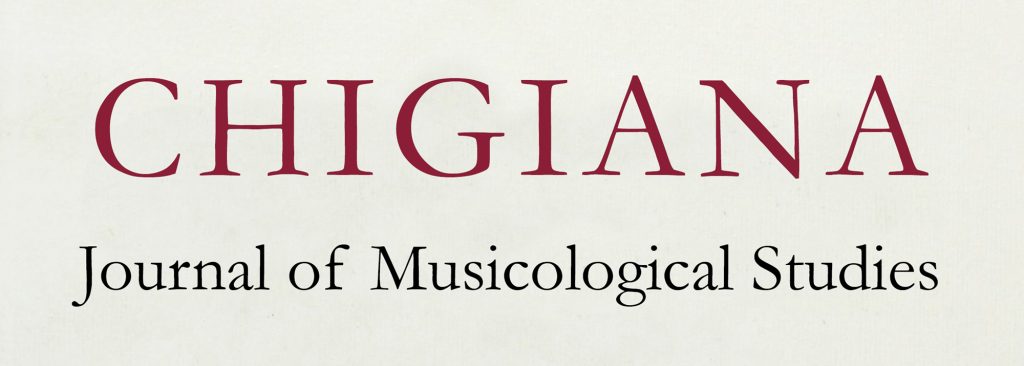
Patrizia Veroli
Pizzetti e Ida Rubinštejn. Nuove considerazioni su La Pisanelle (1913)
Il saggio approfondisce la genesi del melologo La Pisanelle, ou la Mort parfumée, che debuttò al Théâtre du Châtelet di Parigi l’11 giugno 1913, focalizzando l’attenzione sulla coreografia. Basata su un testo di Gabriele d’Annunzio, che volle affidare la composizione delle musiche a Ildebrando Pizzetti, l’opera fu prodotta da Ida Rubinštejn che scelse Michail Fokin come coreografo, Vsevolod Mejerchol’d come regista e Léon Bakst come scenografo e costumista. La ricostruzione dei rapporti tra gli artisti coinvolti in questo complesso lavoro, che Ida Rubinstein doveva sia declamare che danzare, mostra che non vi fu alcun accordo preliminare tra Pizzetti e la Rubinštejn in merito alla musica, e che la danzatrice aveva cominciato a lavorare ai suoi pezzi ancor prima che il coreografo firmasse il contratto. Tagli alla musica vennero invece apportati all’ultimo minuto: venne eliminata una delle due danze di Pizzetti, La Danse de l’épervier, e solo l’ultima, La Danse de l’amour et de la mort parfumée, venne effettivamente eseguita. Nell’ultima parte del saggio l’autrice sviluppa alcune considerazioni generali sull’atteggiamento di Pizzetti nei confronti della danza come arte autonoma.
This article explores the genesis of the melologue La Pisanelle, ou la Mort parfumée, premiered at the Théâtre du Châtelet in Paris on June 11, 1913, focusing on the way the choreography took shape. Based on a text by Gabriele d’Annunzio, who wanted Pizzetti as the composer of the music, the work was produced by Ida Rubinstein who chose Michail Fokin as the choreographer, Vsevold Meyerhold as the director, and Leon Bakst as the set and costume designer. The reconstruction of the contacts among the artists involved in this complex work, where Ida Rubinstein was due to recite and dance, show that no real negotiation took place between Pizzetti and Rubinstein with relation to the music, and that the dancer started to work on her two pieces much before the choreographer signed his contract. On the other hand, cuts to the music were made at the very last minute: one of two Pizzetti’s dances, La Danse de l’épervier, was eliminated, and only the last one, La Danse de l’amour et de la mort parfumée, was performed. The last part of the essay is devoted to some general considerations on Pizzetti’s attitude towards dance as an autonomous art.
